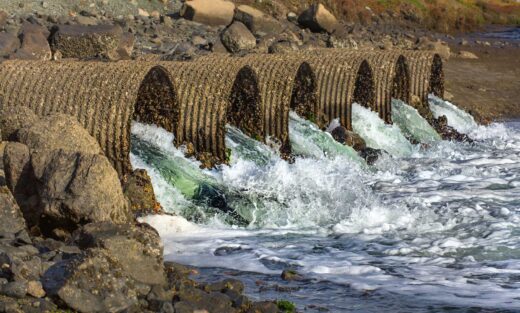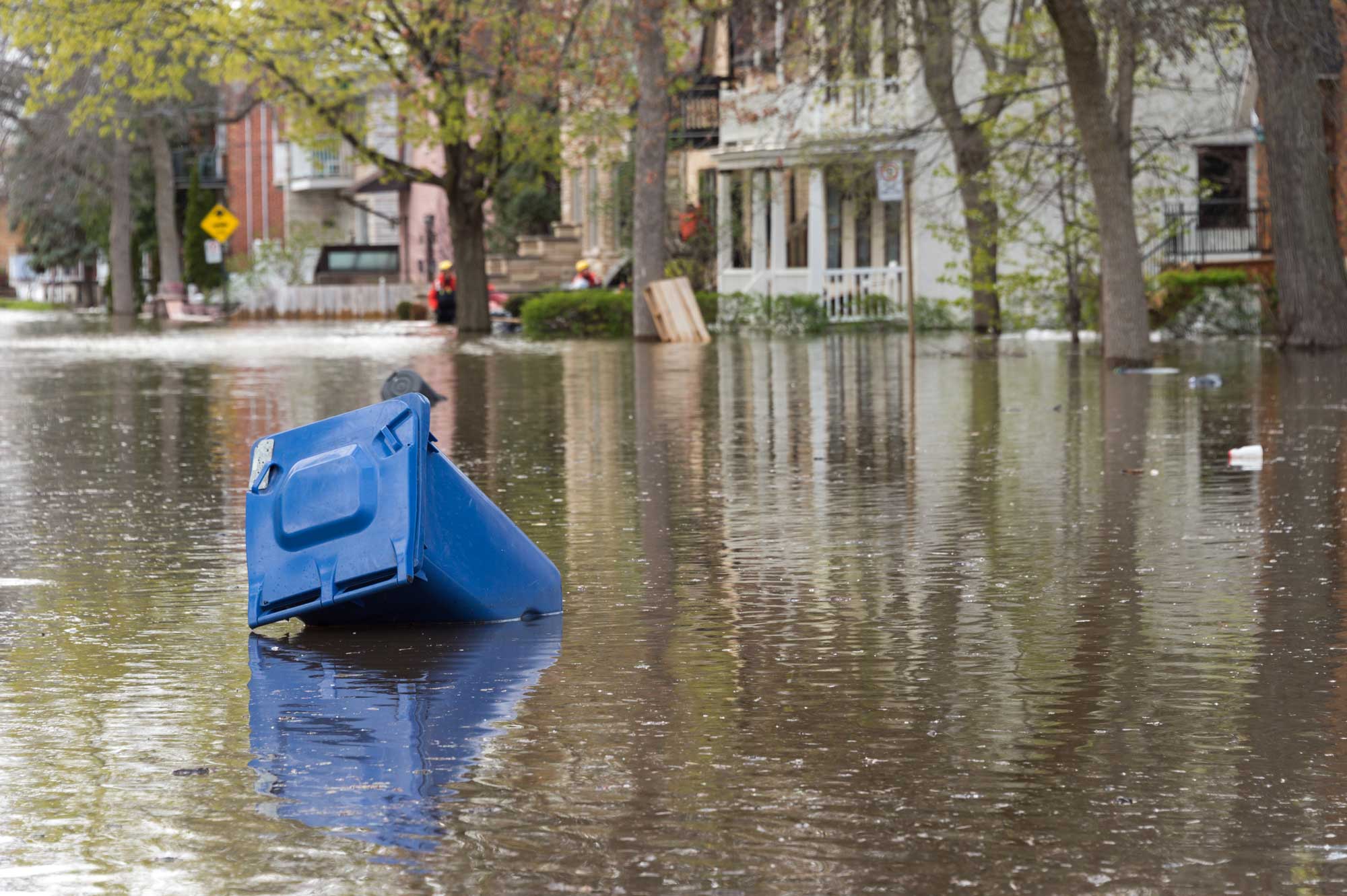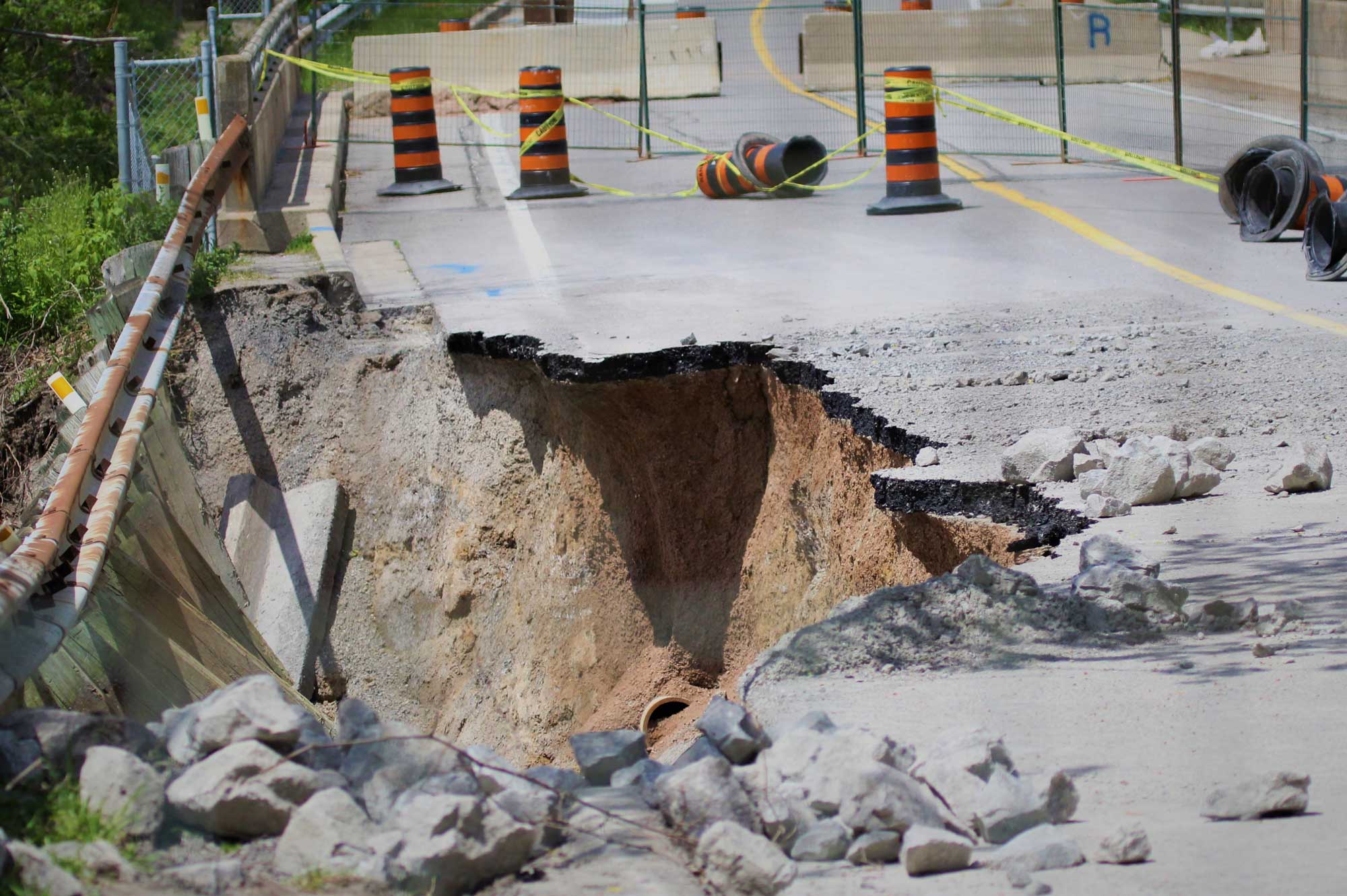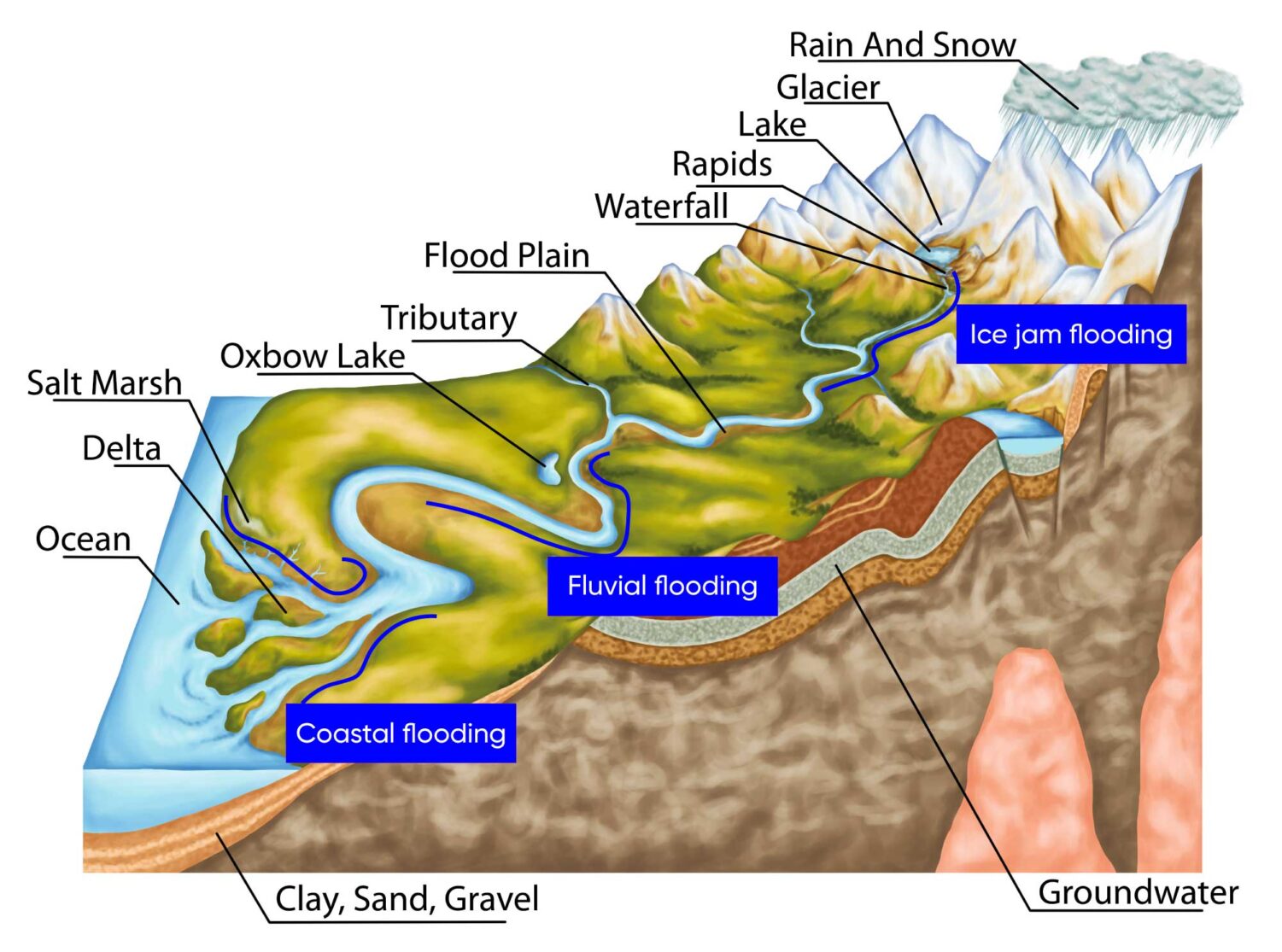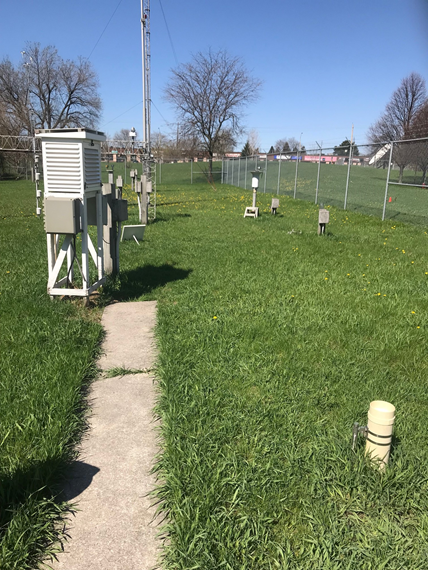Best Practices and Key Challenges
Pick a return period that is appropriate for your application. The choice of return period is important and should be based on consideration of relevant impacts and risks. For example, storm sewers, ditches, and culverts often use a peak flow approach to consider return periods ranging from 2 years to 100 years. However, critical infrastructure that is used to manage surface water runoff from train tracks or highways may be designed for return periods of over 200 years – outside the scope of standard IDF curves.
